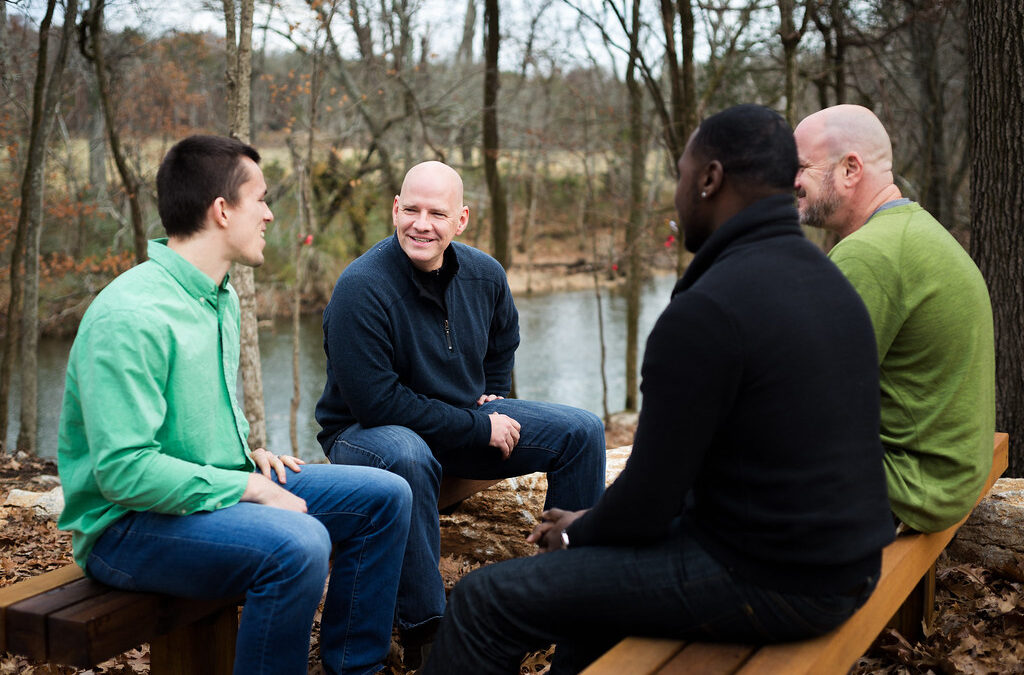Elim Lau explains the importance of co-listening and describes how it functions.
When was the last time you sat in silence, not scrolling, not planning what to say next, but simply listening? It could be the sound of birds outside the window, your own breath, or the hum of your home.
We live in a noisy world. So much of modern life is about sharing hot takes, giving advice, and filling every silence. But what if the most radical, generous thing we can offer each other right now is not our words but our ears?
The invitation is at the heart of co-listening, a quiet but powerful practice that asks us to listen deeply. It could be exactly what we need in a time of increasing disconnection and burnout.
More than just hearing
Co-listening is not therapy or a conversation. It is a shared act of presence in which two or more people take turns speaking and listening, with no advice, no responses, and no pressure to perform.
Co-listening is rooted in deep listening, a practice championed by American composer Pauline Oliveros. She believed listening expands our awareness and dissolves the boundaries between ourselves and the world.
“We open to listen to the world as a field of possibilities,” she wrote. And co-listening builds on that. It’s not about agreeing, debating or reacting. It’s about making space, and trusting that there is value when we stop trying to shape the outcome.
As artist and facilitator, Ian Nesbitt puts it, co-listening is “a practice of togetherness… addressing the question of how to live well amongst the grief and debris of a collapsing system.”
Co-listening as connection
In a culture obsessed with productivity, deep listening is more than self-care. It challenges the idea that our value lies in our output or ability to argue well. It reminds us that human connection begins not with saying the right thing but with making space for others to speak.
And that kind of space is rare. Most of us are used to being half-heard, interrupted, and redirected. So, when someone listens without judgment, it can be disarming.
People who practise co-listening often describe feeling lighter. Nesbitt speaks of moments where people worldwide listen together in shared silence: “Children playing in Amsterdam, birds in a tree in Alexandria, a coffee being delivered in Palermo, dusk falling in Paris, a laptop overheating in Sheffield.”
If you’re enjoying reading this article, why not check out this article about how driving can change a life
A practice for everyone
Co-listening isn’t a wellness trend for a specific group of people. You don’t need to meditate for an hour or escape to a retreat. All you need is time and someone willing to sit with you.
It doesn’t matter where you are, only that you’re present. You can do it over tea, across a video call, or side by side in a park. What matters is the intention: to stop, to listen, and to honour whatever shows up.
Co-listening offers us a way forward at this moment. It is a way to reconnect with our environment, relationships, and inner voices. It reminds us that we don’t always need answers. Sometimes, what we really need is to sit down and relax.
To me, that is the heart of this practice. It invites us to show up as we are without needing to be fixed. It holds space for our joy, our heartbreak, and our breath and asks us to pay attention to the environment surrounding us.
This may be how we begin to heal: not by shouting louder, but by listening deeper.
This article has been published in NowThen Magazine in 2024.



